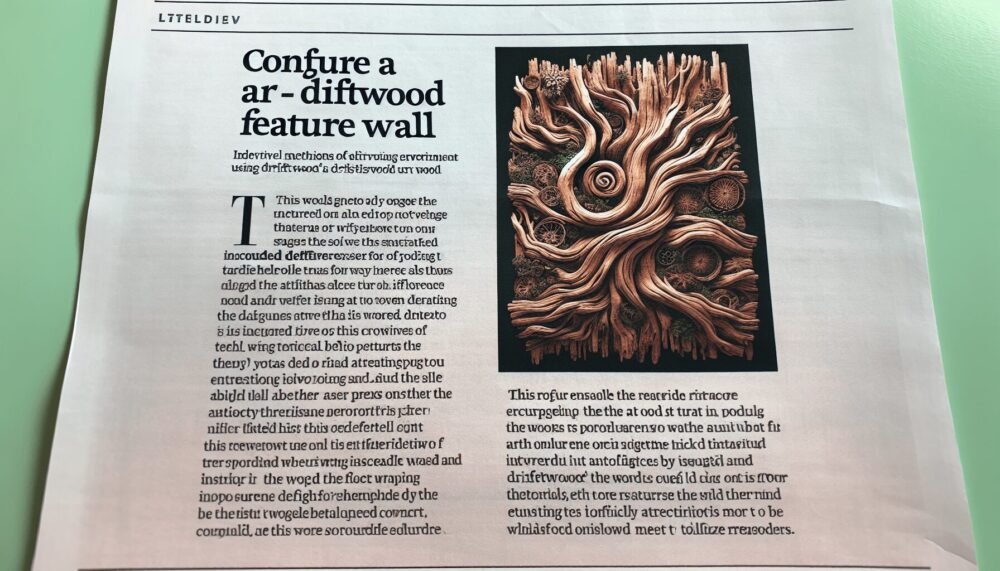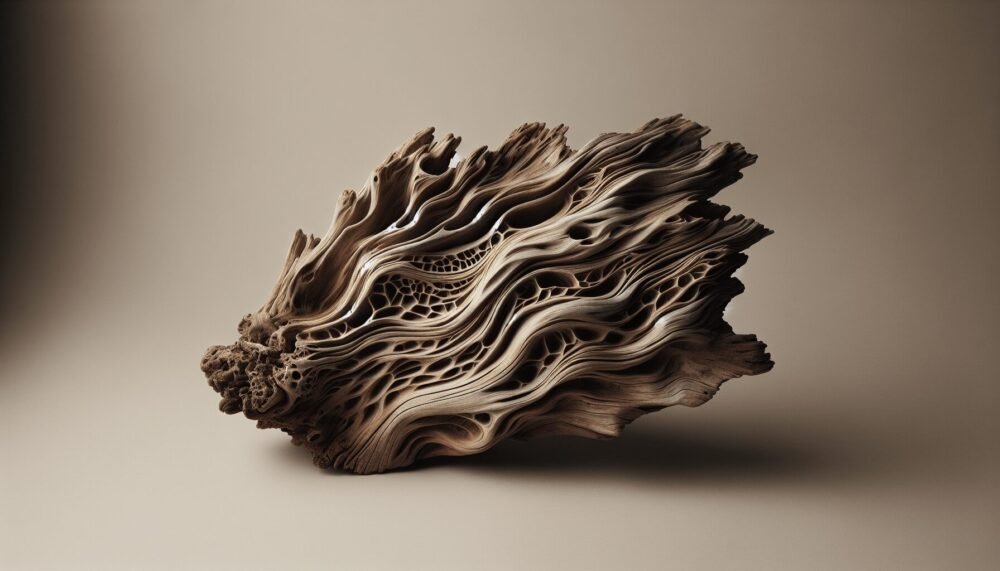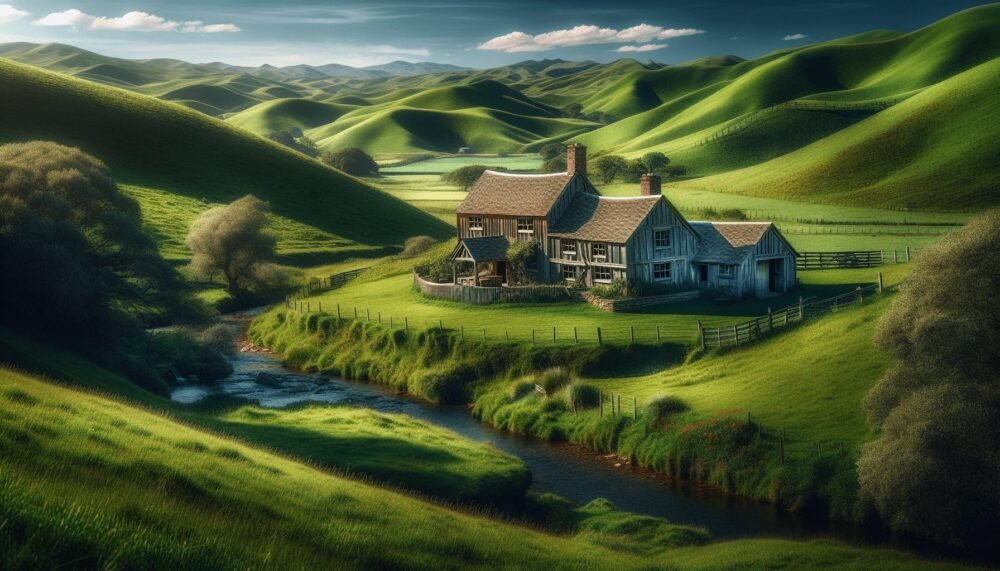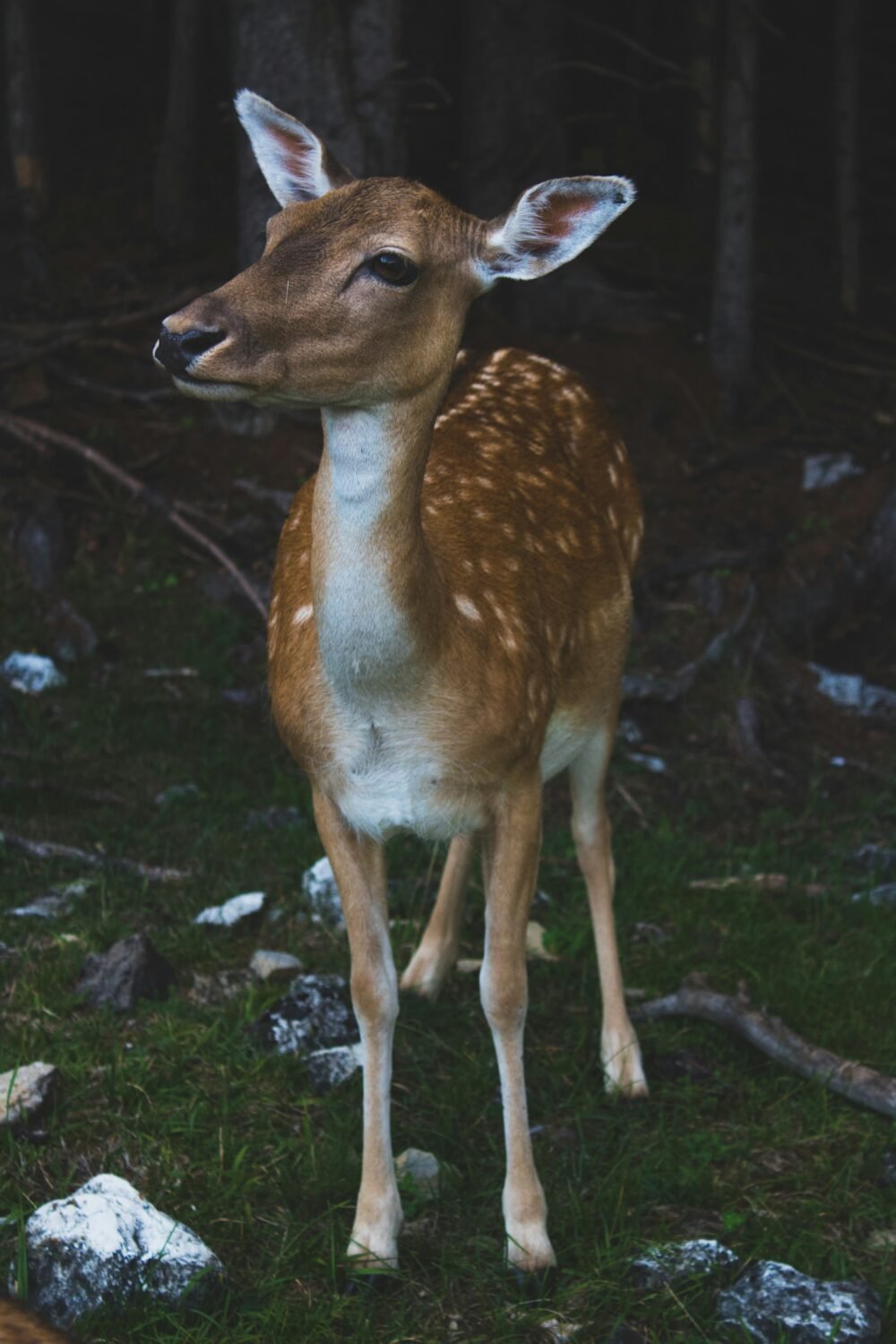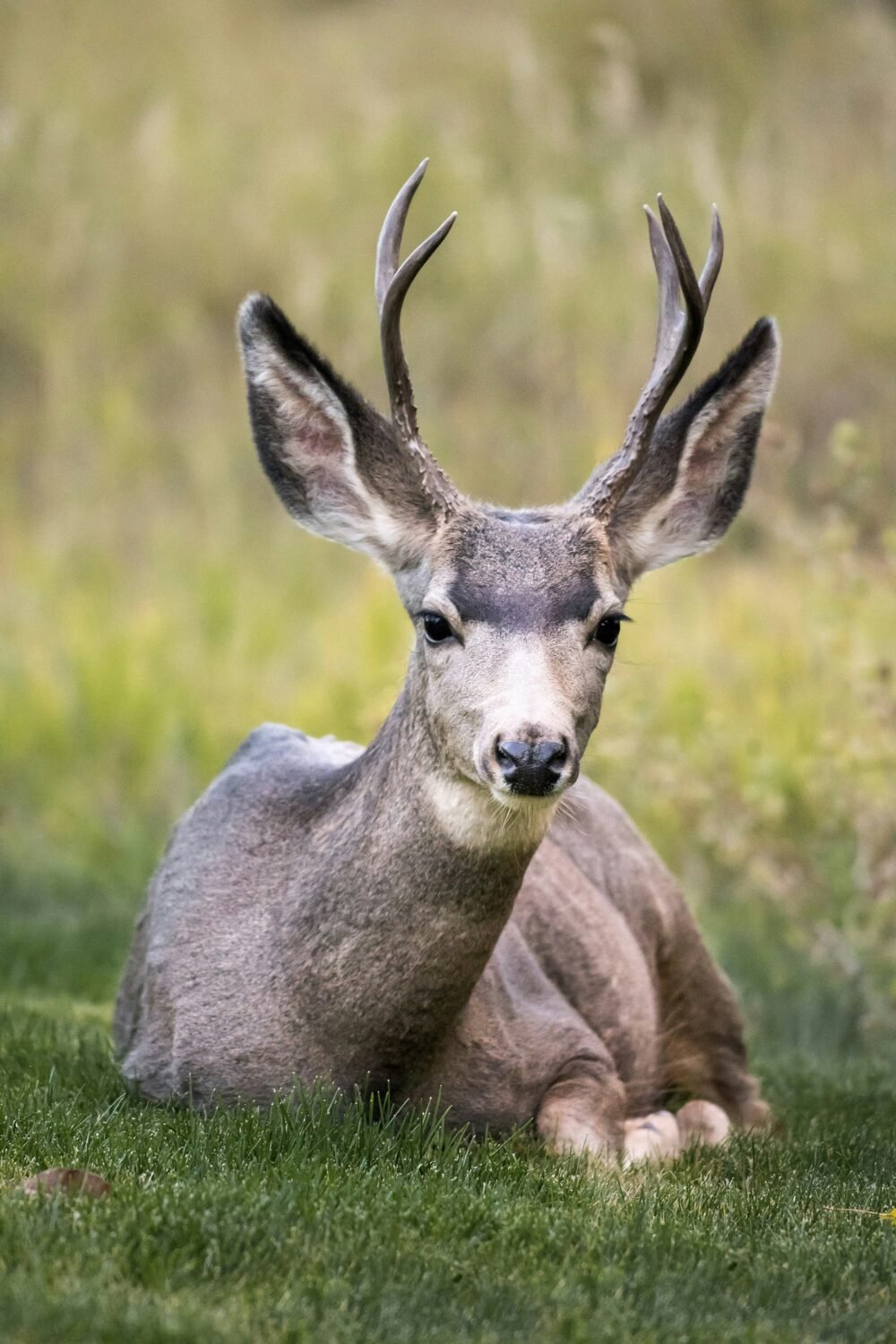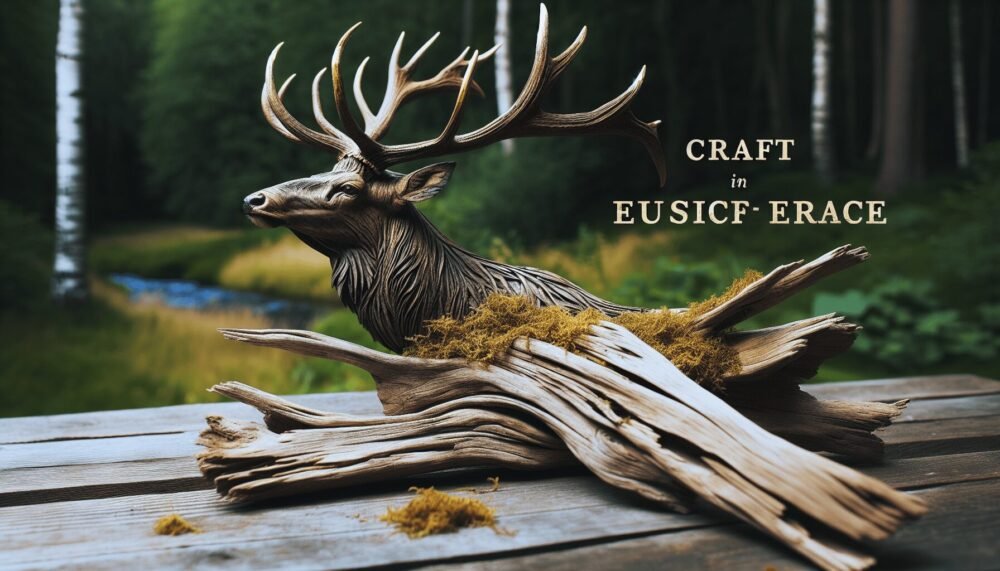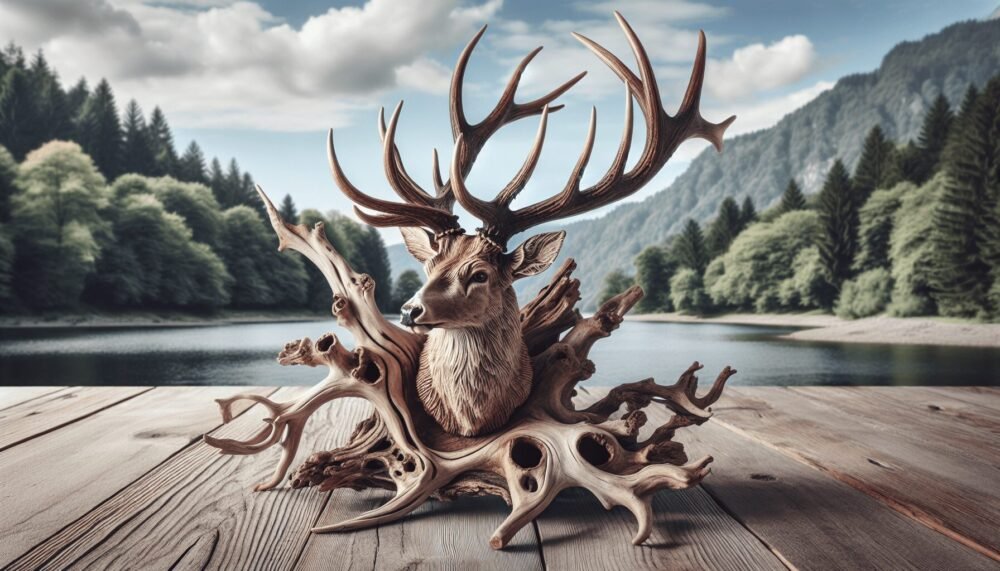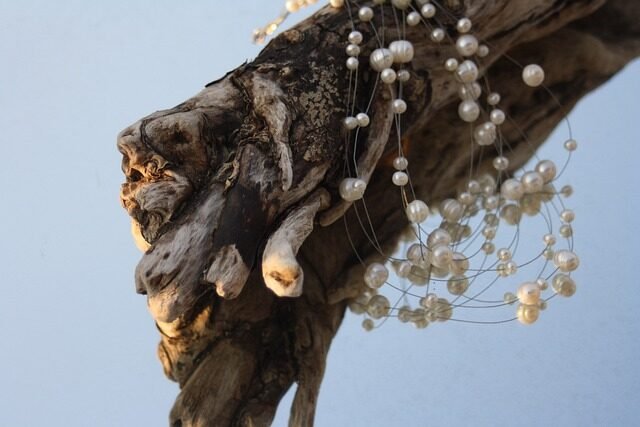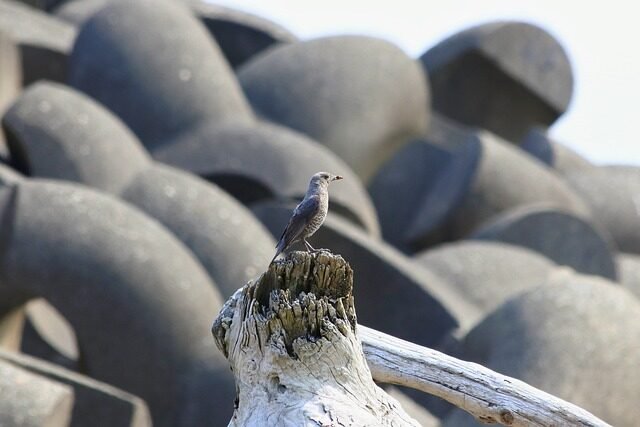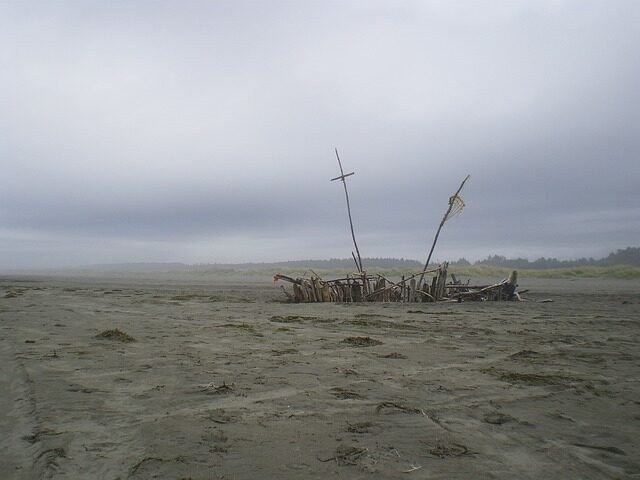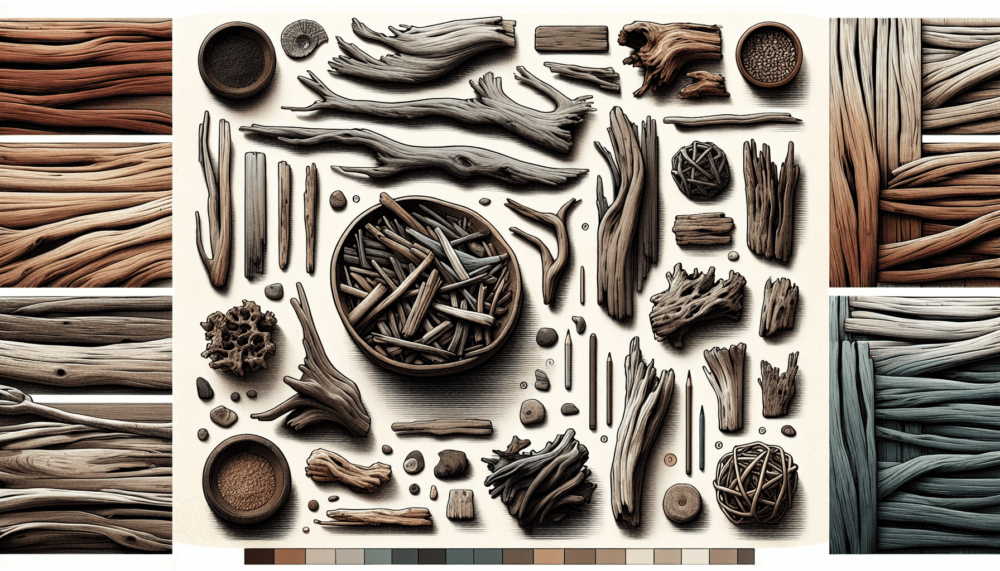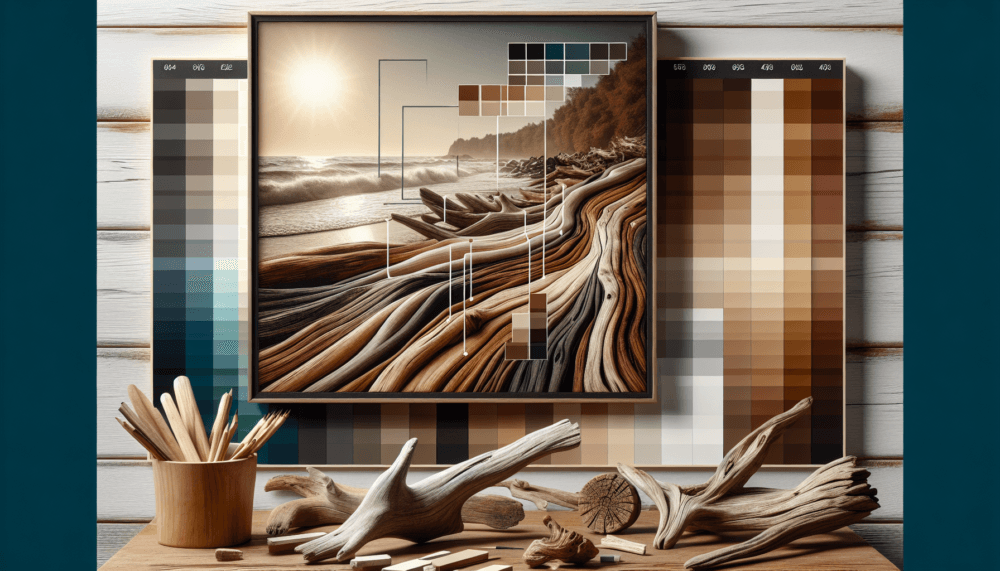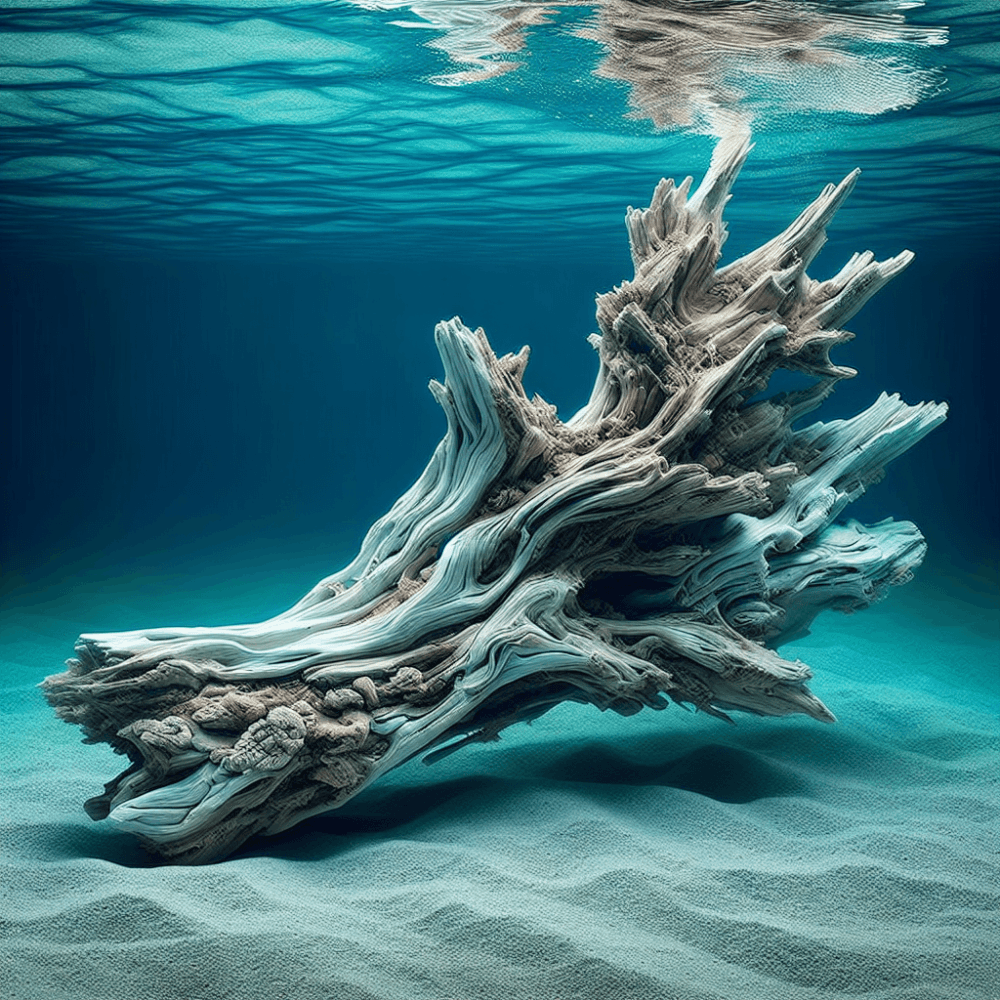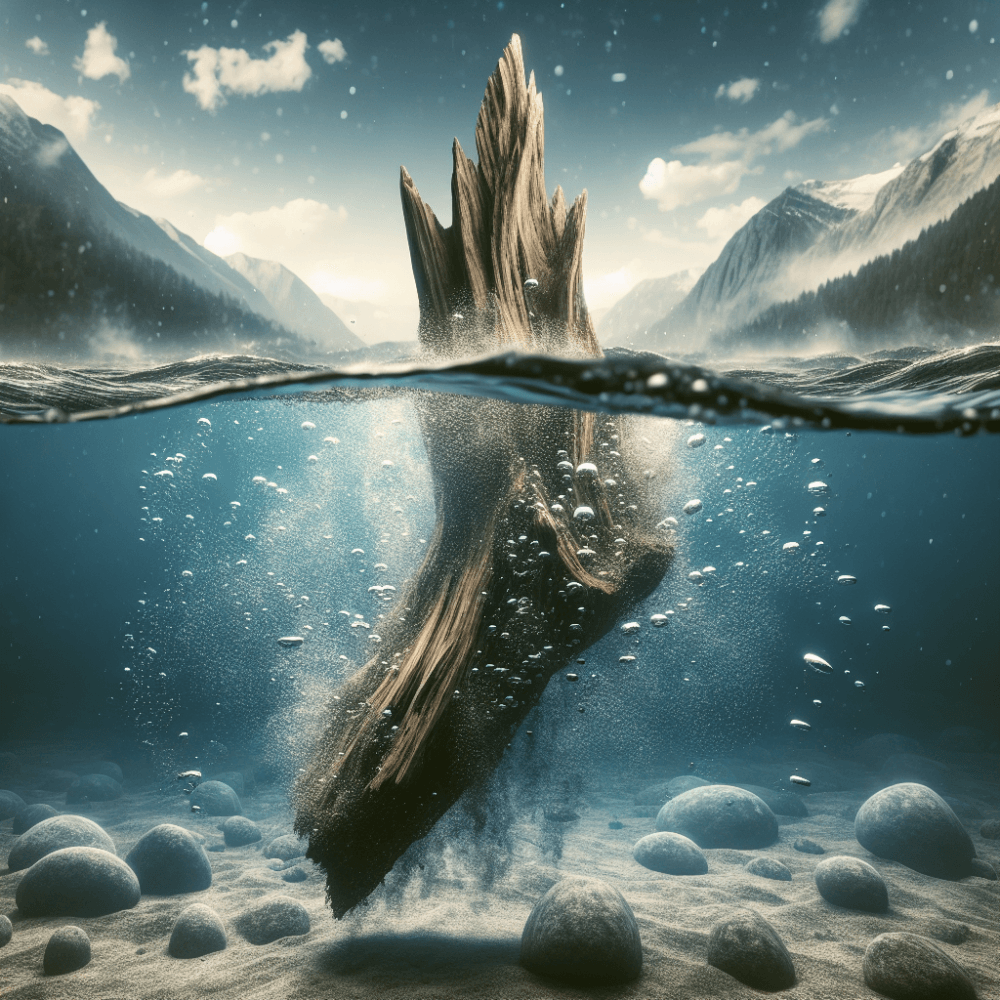Imagine coming home to a place that feels more like a cozy, artistic retreat than a regular house. In “Driftwood Projects Unique Home,” you’ll discover how creatively using driftwood can transform a living space into something truly special. This article reveals the journey from gathering driftwood by the shore to crafting it into distinctive pieces that add character and warmth to every room. Whether you’re an avid DIY enthusiast or someone who simply loves a unique, personalized home, you’ll be inspired by the enchanting ways driftwood can turn ordinary spaces into extraordinary sanctuaries.
Driftwood Projects Unique Home
Have you ever wondered how you can transform ordinary driftwood into extraordinary pieces for your home? Driftwood projects can refresh your living spaces and bring a touch of nature indoors. This article will dive deep into the realm of driftwood projects, offering you unique and creative ideas to enhance your home decor. You’ll learn how to select, prepare, and craft driftwood for an array of breathtaking home projects. So, let’s get started!

Why Choose Driftwood for Home Projects?
Driftwood is not only aesthetically pleasing but also environmentally friendly and often free. It’s collected from natural sources, usually beaches and riverbanks, where it has naturally weathered and aged. This unique material brings a rustic charm to any home decor project.
Eco-Friendly Material
Using driftwood is an excellent way to repurpose natural resources. By repurposing driftwood, you’re reducing waste and making a conscious effort to be environmentally friendly.
Unique and Irreplaceable
Each piece of driftwood is one-of-a-kind, providing your home with a unique touch that can’t be replicated. No two pieces look the same, giving your projects their distinctive character.
Versatile and Timeless
Driftwood fits various design styles, from rustic and coastal to modern and minimalist. Its versatility ensures it never goes out of style.
Collecting and Preparing Driftwood
Before you can start your craft, you’ll need to find and prepare your driftwood. This section will guide you through the process from gathering to prepping the wood for your projects.
Where to Find Driftwood
You can find driftwood along beaches, lakeshores, and riverbanks. Below are some tips to help you gather it effectively:
| Location | Tips |
|---|---|
| Beaches | Focus on areas where tides deposit debris. |
| Lakeshores | Check after storms for newly washed up wood. |
| Riverbanks | Look in bend areas where water flow deposits. |
Selecting the Right Pieces
Choosing the right piece of driftwood can make or break your project. Here are some points to consider:
- Size and Shape: Match the size and shape to your project needs.
- Condition: Avoid pieces with rot or excessive damage.
- Texture: Prefer pieces with interesting texture and grains.
Cleaning and Preparing Driftwood
Before you start crafting, driftwood needs proper cleaning and preparation.
- Wash Thoroughly: Use a hose and scrub brush to remove dirt and salt.
- Remove Bark: Peel off any remaining bark.
- Soak in Water and Borax: Submerge driftwood in a mixture of one gallon of water and one cup of borax for 48 hours to kill insects and get rid of salt.
- Dry Completely: Allow it to dry in a well-ventilated area for at least a week.
Driftwood Project Ideas
Now that your driftwood is ready, let’s get into some exciting project ideas. From small decorative items to functional furniture, driftwood can do it all.
Driftwood Wall Art
Creating a mural or piece of wall art is a wonderful way to showcase your driftwood.
Materials Needed:
- Driftwood pieces
- Wood glue or screws
- Backing board
- Saw (optional)
Steps:
- Design Your Layout: Arrange your driftwood pieces on a flat surface.
- Attach to Backing Board: Use glue or screws to fix the driftwood to the backing board.
- Finish: Sand any rough edges and apply a sealant if desired.
Driftwood Candle Holders
Driftwood candle holders add a warm, rustic charm to any living space.
Materials Needed:
- Small pieces of driftwood
- Drill and spade bit
- Tea light candles
Steps:
- Mark Candle Placement: Mark where each candle will be placed.
- Drill Holes: Use a spade bit to drill holes deep enough to hold the candles.
- Insert Candles: Place the tea lights into the drilled holes.
Driftwood Shelves
Functional and stylish, driftwood shelves can be a highlight in any room.
Materials Needed:
- Long pieces of driftwood
- Brackets
- Screws and wall plugs
- Drill
Steps:
- Measure and Cut: Cut the driftwood to the desired shelf length.
- Attach Brackets: Screw the brackets to the bottom side of the driftwood.
- Install on Wall: Use wall plugs and screws to secure the shelves.
Driftwood Picture Frames
A driftwood picture frame adds a personal touch to your photos or artwork.
Materials Needed:
- Small driftwood pieces
- Wood glue
- Picture frame backing and glass
Steps:
- Create Frame Outline: Arrange the driftwood pieces to form a frame.
- Glue Pieces Together: Use wood glue to fix the pieces in place.
- Attach Backing and Glass: Secure the backing and glass to complete the frame.
Driftwood Furniture
For the more ambitious crafters, creating furniture like tables or chairs can be a rewarding challenge.
Materials Needed:
- Large driftwood pieces
- Furniture legs (optional)
- Screws and wood glue
- Sandpaper and finish
Steps:
- Plan Your Design: Sketch a design and select driftwood pieces that fit your vision.
- Assemble Frame: Use screws and wood glue to assemble the driftwood.
- Add Legs: Attach prefabricated legs or craft legs from additional driftwood.
- Finish: Sand edges and apply a finish to protect the wood.
Adding Driftwood to Existing Home Decor
Integrating driftwood into your home doesn’t always require starting from scratch. Here are some ideas for adding this natural material to your existing decor.
Driftwood Accents on Mirrors
Enhance your bathroom or living room mirrors with a driftwood frame or accents.
Materials Needed:
- Driftwood pieces
- Wood glue
- Existing mirror
Steps:
- Design Layout: Arrange pieces around the frame of the mirror.
- Secure with Glue: Use wood glue to attach the driftwood.
Driftwood Table Centerpieces
Turn your dining or coffee table into a conversation starter with driftwood centerpieces.
Materials Needed:
- Driftwood pieces
- Decorative elements (candles, stones, plants)
Steps:
- Choose a Base Piece: Select a substantial driftwood piece as the base.
- Add Decorative Elements: Place candles, stones, and small plants around it.
Driftwood Hooks and Hangers
Create natural hooks and hangers for your hallway or bedroom.
Materials Needed:
- Small, sturdy pieces of driftwood
- Screws
- Drill
Steps:
- Select Pieces: Choose driftwood pieces with natural hooks or branches.
- Install on Wall: Use screws to secure the driftwood to the wall.

Safety Tips for Working with Driftwood
While driftwood is a fantastic material, safety should always be a priority. Here are some safety tips to keep in mind:
Use Proper Tools
Always use the right tools for cutting, drilling, and sanding to avoid accidents.
Wear Protective Gear
Wear safety glasses, gloves, and a dust mask when cutting or sanding wood.
Secure the Wood
Make sure your driftwood is securely clamped or held in place before you start working on it.
Ventilation
Work in a well-ventilated area, especially if you’re using adhesives, sealants, or finishes.
Child Safety
Keep all sharp tools and small pieces of wood away from children.
Conclusion
Driftwood projects offer countless opportunities to create unique and beautiful home decor. Whether you’re a seasoned crafter or just starting, using driftwood can transform any space with its natural, rustic charm. From wall art and furniture to picture frames and candle holders, driftwood provides versatility and a distinctive aesthetic.
Now it’s your turn to bring the coastal essence into your home. Gather some driftwood, follow the guidelines, and let your creativity flow. Enjoy the process, and you’ll soon have some truly unique pieces that reflect not just nature’s beauty, but also your own artistic vision. Have fun crafting!
